Secret gardens offer the perfect retreat from the everyday, combining privacy, mystery, and natural beauty. By incorporating hidden entrances, winding paths, secluded seating areas, and lush plantings, you can transform even the smallest outdoor space into a peaceful haven. Designing your secret garden with thoughtful elements like water features, ambient lighting, and scented plants will engage all the senses and create an immersive experience. These 20 ideas, each drawing from expert sources, will inspire you to craft a magical, secluded spot that invites exploration and relaxation.
1. Enchanting Entrance Gate or Door
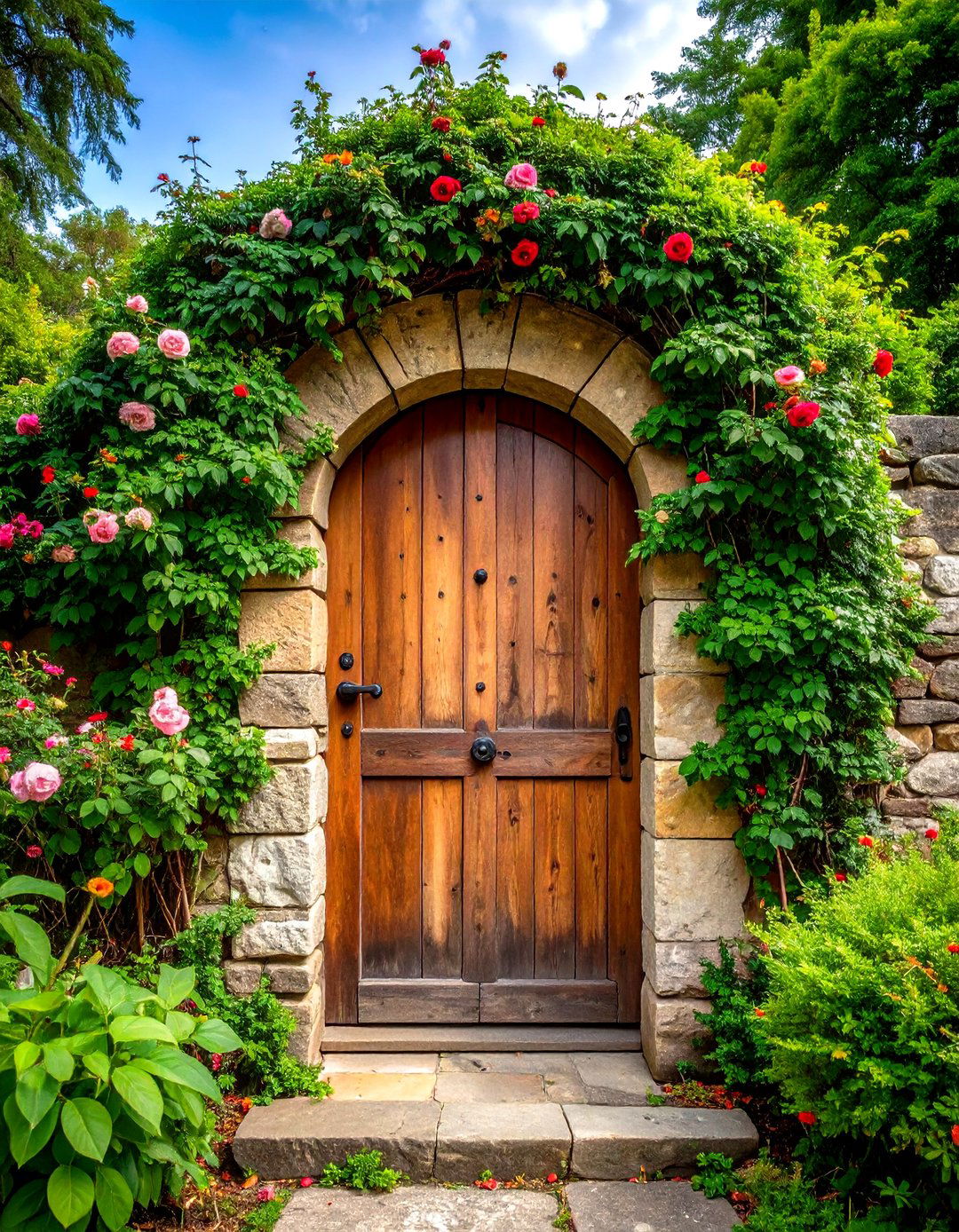
A classic way to signal the transition into a secret garden is with an arched gate or door set within a wall or hedge. Choose a weathered wooden door or wrought-iron gate to evoke a storybook atmosphere, and surround it with climbing roses or ivy. This threshold piques curiosity and sets the tone for the hidden sanctuary beyond, making each entry feel like an adventure.
2. Stand-Alone Freestanding Door
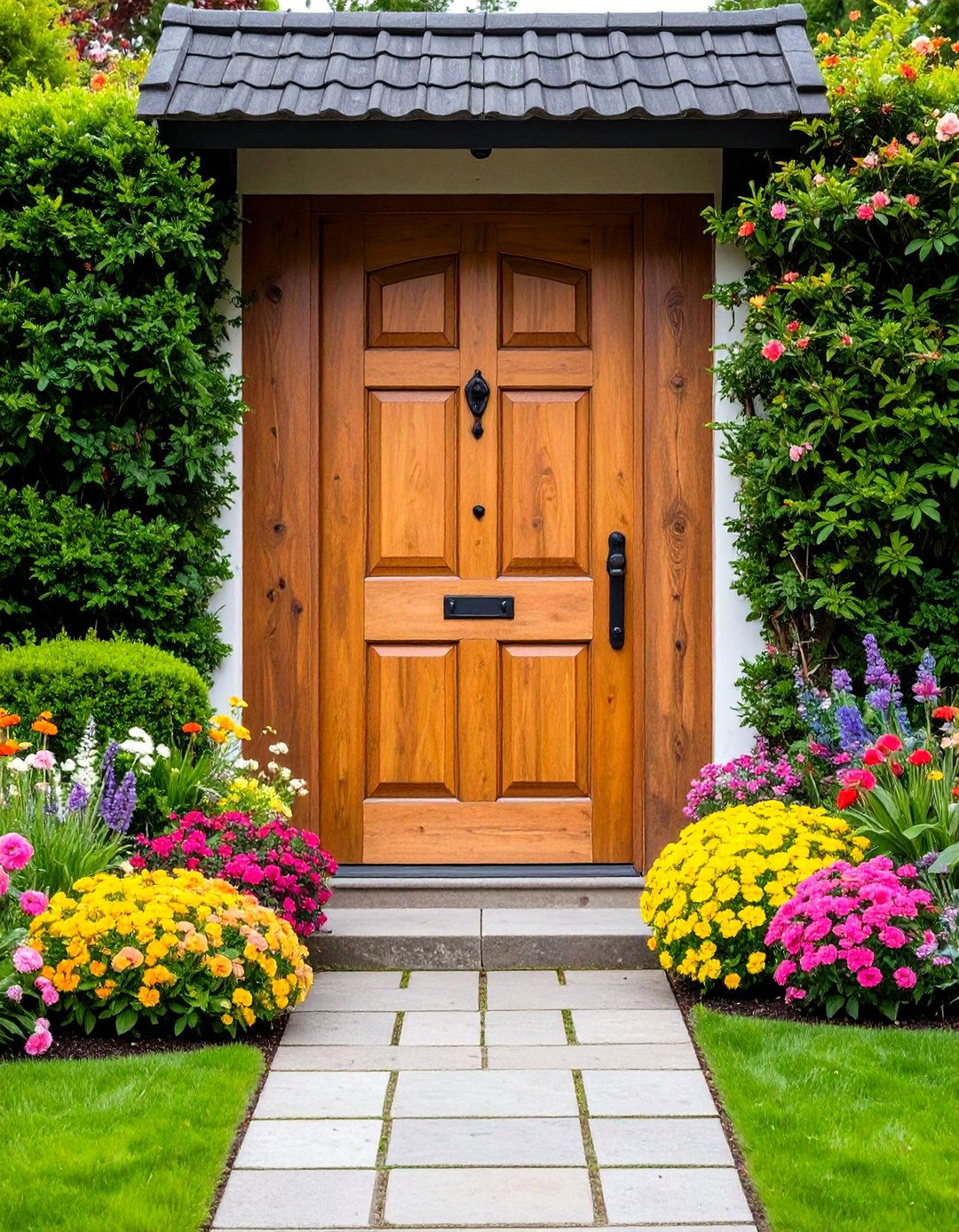
If building a full wall is impractical, install a single, freestanding garden door on its own. Position the door at the entrance of a path or clearing, and let it age naturally for a timeworn look. Framing it with potted topiaries or flower beds enhances its visual impact, creating a whimsical portal that appears to float in the landscape.
3. Privacy Hedges and Living Walls

Dense hedging or a living wall provides both seclusion and greenery. Plant evergreen shrubs—such as yew or boxwood—in staggered rows to block sightlines and absorb noise. For quicker results, opt for fast-growing climbers trained over trellis panels. These screens not only create intimacy but also attract wildlife and contribute to year-round interest.
4. Meandering Curved Pathways
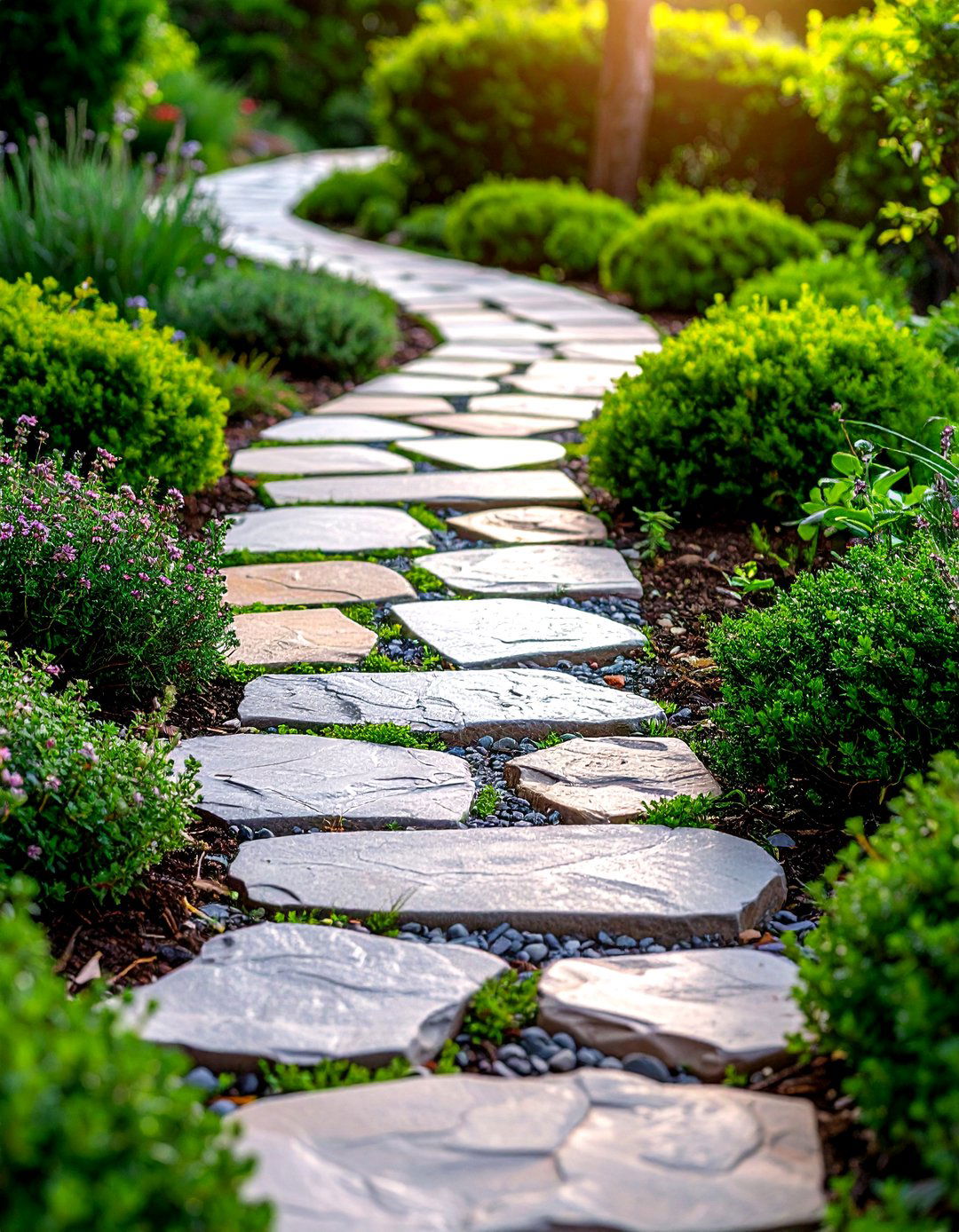
Straight lines can feel formal; instead, lay out gently curving paths using materials like flagstone, pea gravel, or brick. The bends reveal views gradually, enhancing the sense of exploration. Soft edges of groundcover plants—such as thyme or sedum—spill over the borders, inviting visitors to follow the winding route through the hidden landscape.
5. Sculpted Topiary Accents

Topiary adds a sculptural, almost magical quality to a secret garden. Shape boxwood or yew into geometric forms, spirals, or animal silhouettes. These living sculptures provide structure and surprise, punctuating garden rooms and guiding the eye toward key focal points.
6. Storybook-Style Allium Plantings
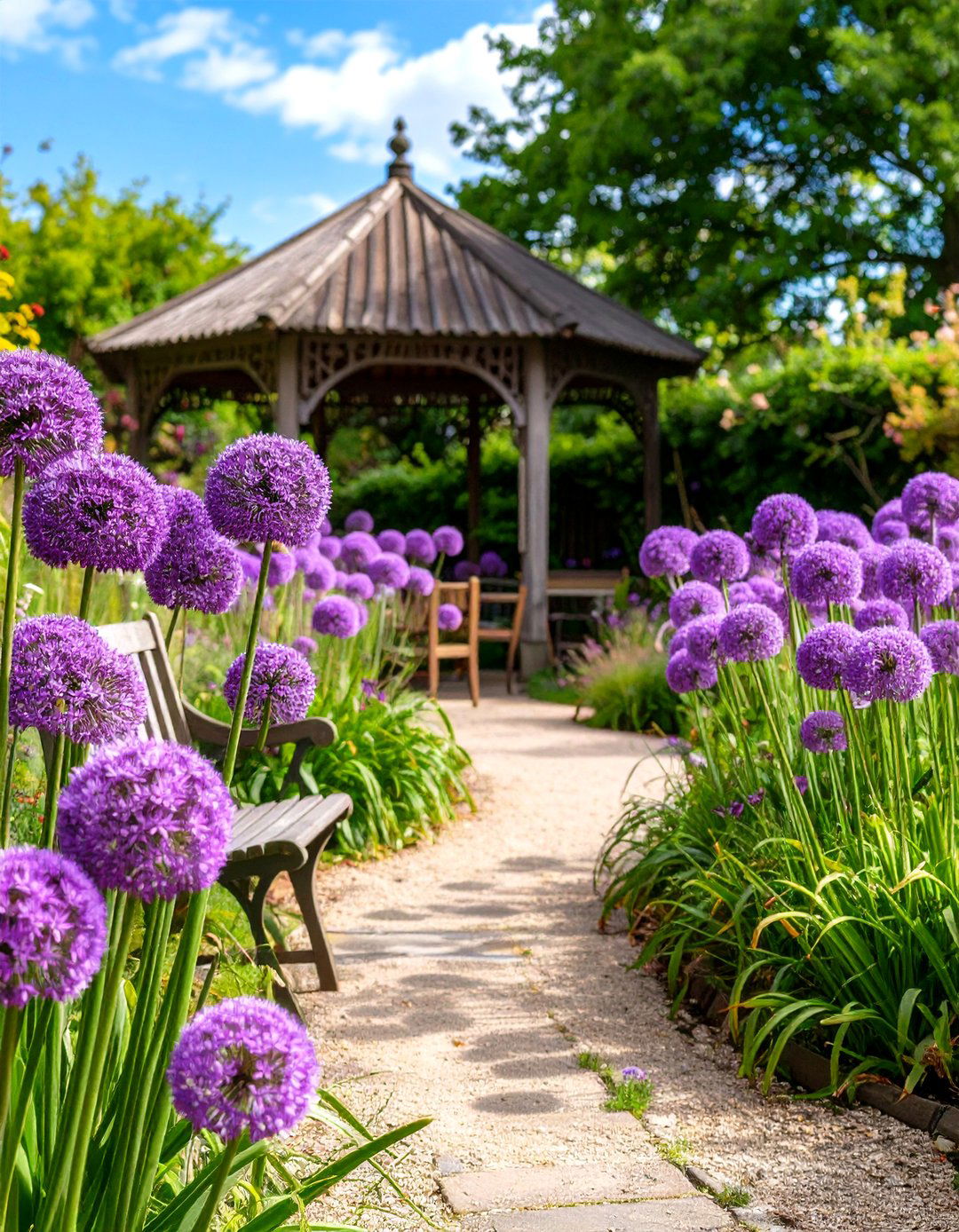
Allium giganteum produces globe-shaped purple flower heads reminiscent of Dr. Seuss creations. Plant clusters along paths or beside seating areas to add height and whimsy. Their striking form and color create a playful, surreal effect that complements the secret garden aesthetic.
7. Secluded Seating Alcoves
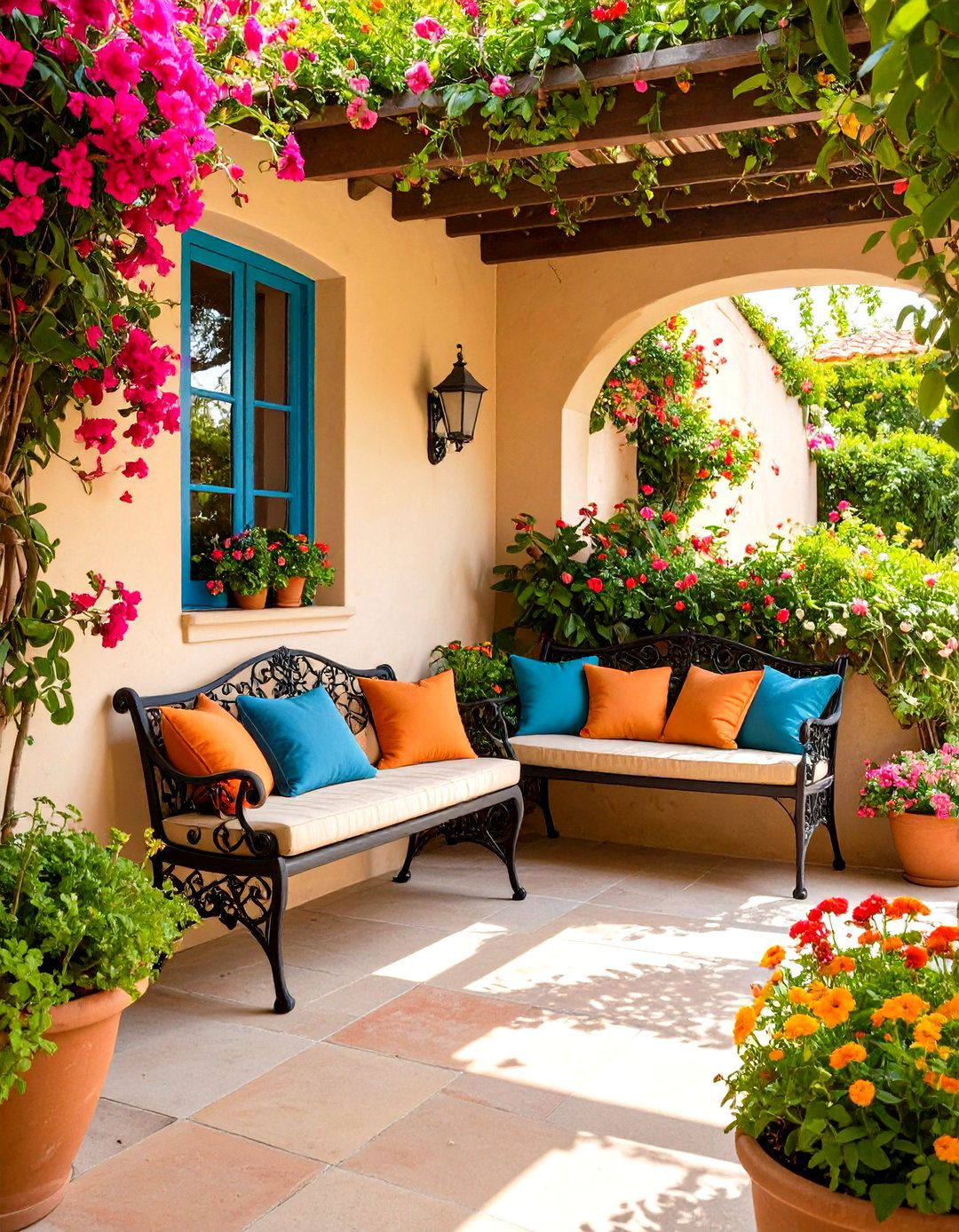
Create intimate retreats with hidden benches or chairs tucked into niches formed by walls or dense plantings. Add a small table and cushions for comfort, and use materials—such as wrought iron or reclaimed wood—that weather gracefully. These alcoves offer private spots for reading, meditation, or quiet conversation.
8. Vertical Living Walls and Kitchen Gardens
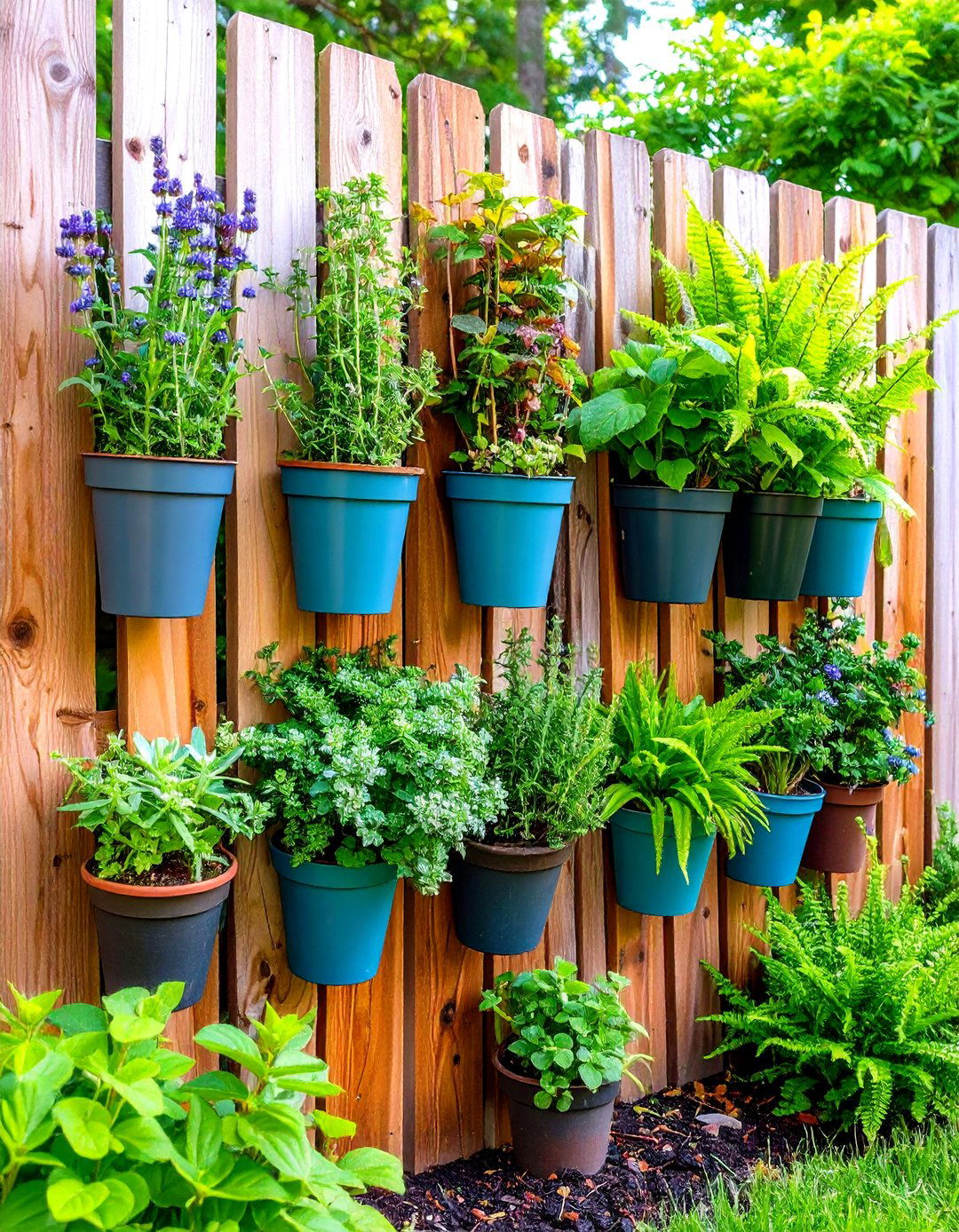
Harness vertical space by installing modular planters or trellis-mounted pots for herbs, ferns, or succulents. A vertical kitchen garden near the patio serves both aesthetic and practical purposes, offering fresh herbs at arm’s reach while cloaking fence panels in vibrant greenery.
9. Hidden Water Feature or Fountain
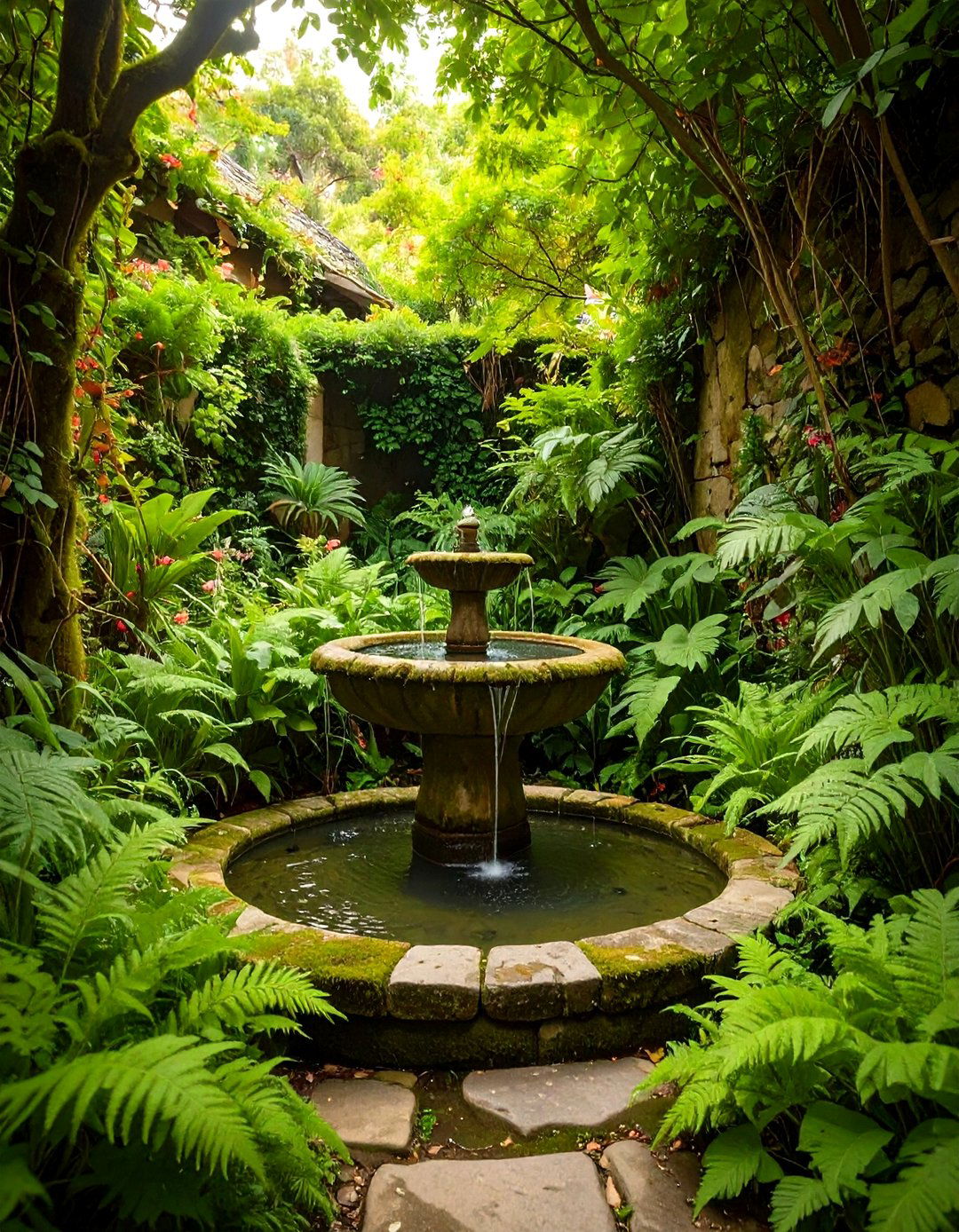
Incorporate a small fountain or birdbath in a tucked-away corner, its gentle trickle masking outside noise. Even a DIY bucket-based water feature can feel luxurious. Position it behind a plant screen or beside a bench, so the sound reveals itself as you wander deeper into the garden.
10. Vibrant Color Palette

Choose a cohesive color scheme—such as all whites for moonlight reflection or purples and pinks for a romantic feel. Plant combinations like foxgloves, delphiniums, and roses create depth, while subtle foliage contrasts in silvers and greens balance the vivid blooms.
11. Scented Plantings for the Senses
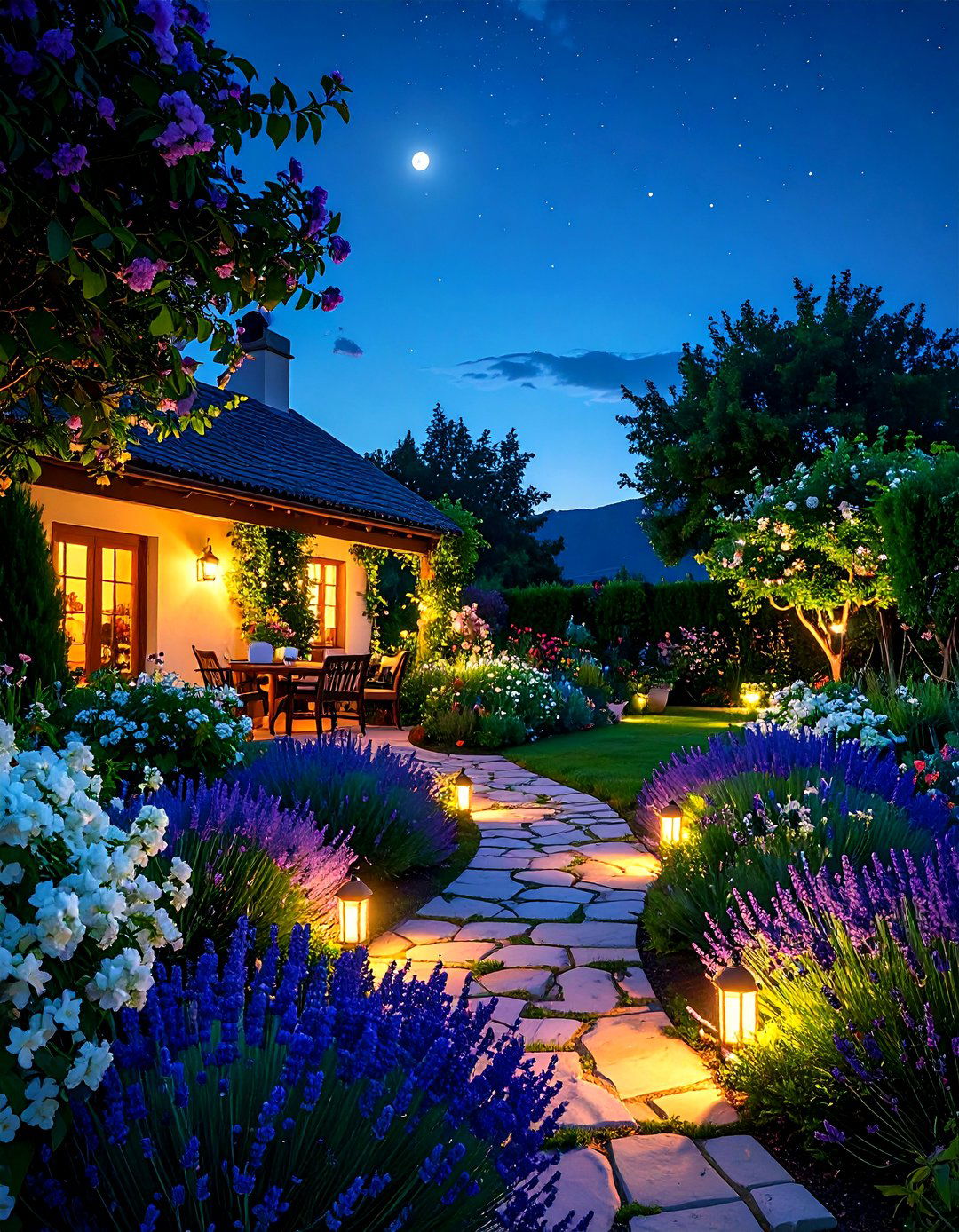
Enhance the secret garden’s allure with fragrant plants. Night-blooming jasmine, lavender, and gardenias perfume the air, especially in the evening. Combine with aromatic herbs like mint or lemon verbena near seating areas to engage visitors’ sense of smell as well as sight.
12. Ambient Lighting and Moonlit Effects
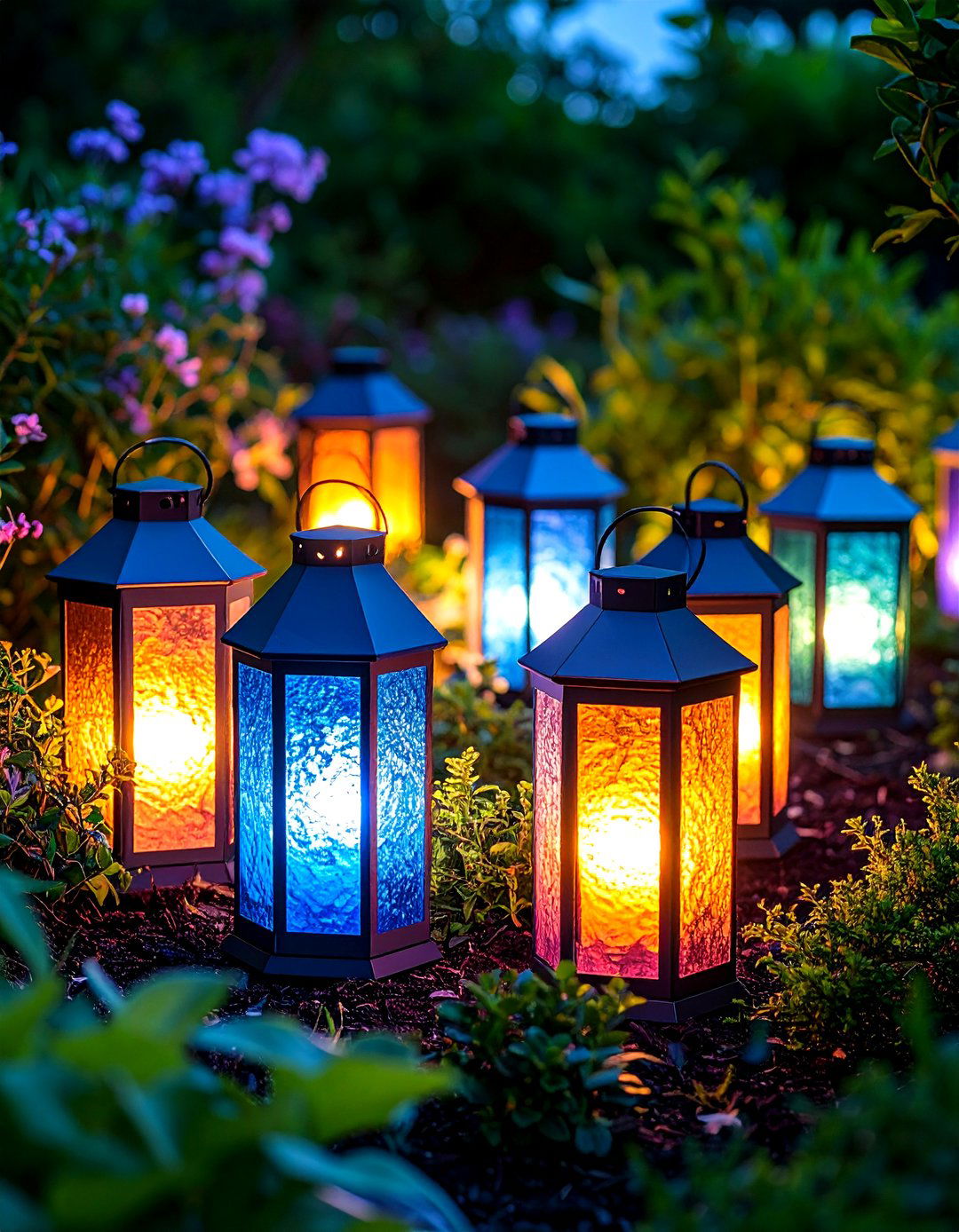
Illuminate key features with low-level lighting: uplights on trees, downlights on paths, or solar lanterns among shrubs. Techniques like moonlighting—placing lights high in branches—mimic natural moonbeams. Use subtle accents to guide guests after dusk without overpowering the garden’s mystique.
13. Reflective Mirrors and Illusions

Strategically placed outdoor mirrors expand visual depth and create intriguing reflections. Hang a mirror on a fence or mount panels among foliage to double views of plants or water. Mirrors trick the eye into perceiving more space, adding a surreal, enchanted quality.
14. Pergola Canopy with Climbing Vines

Build a pergola over a seating area or entryway, and train vines—such as wisteria, clematis, or roses—over its rafters. The dappled shade and draping blooms create a green tunnel effect, framing views and offering a magical, sheltered nook.
15. Container Gardens and Secret Planters
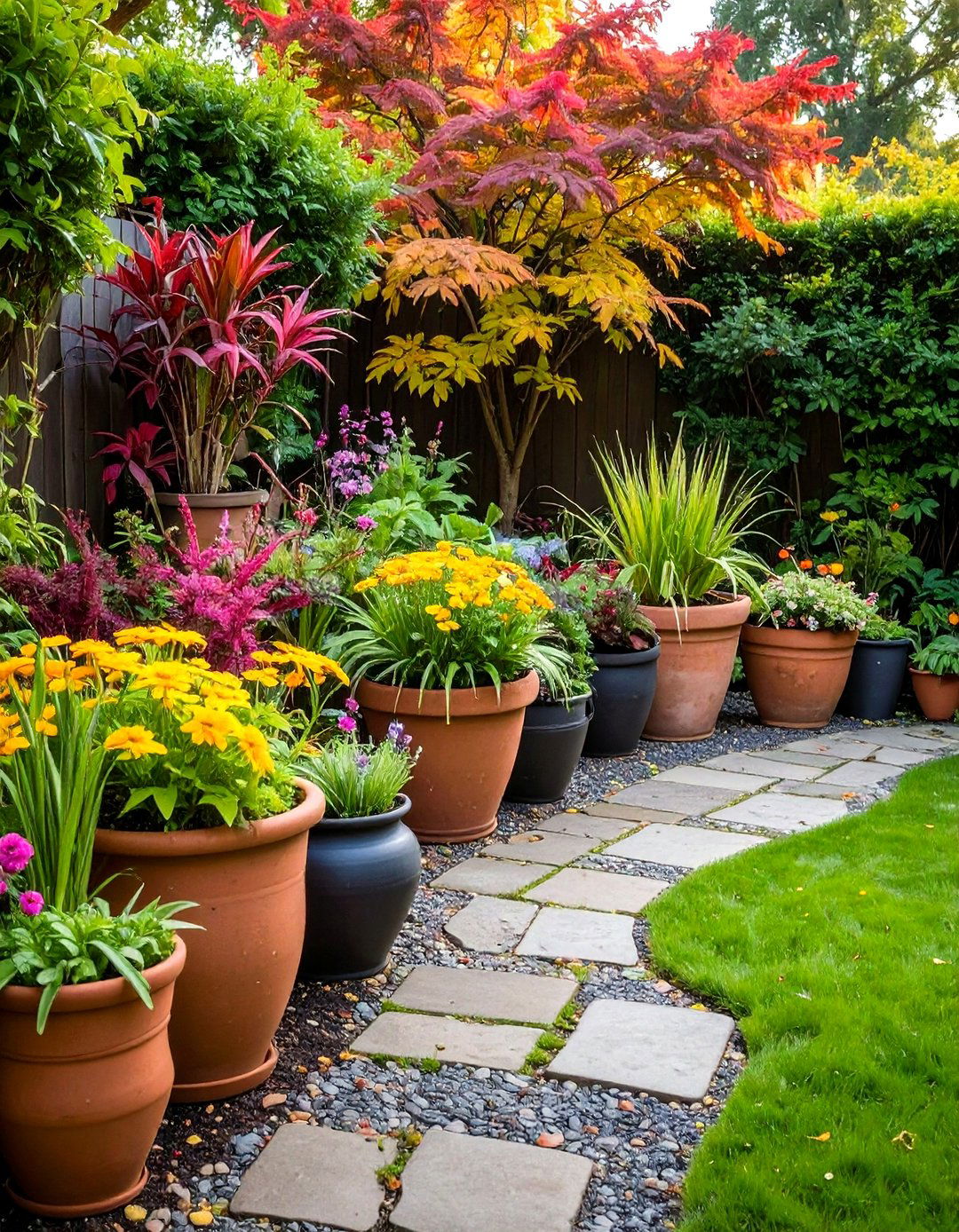
Use mismatched pots, window boxes, or concealed planter boxes to add pockets of greenery. Tuck containers into corners, along steps, or even on tree stumps. Containers allow for seasonal changes and make it easy to experiment with new plant combinations.
16. Moonlit Night Garden
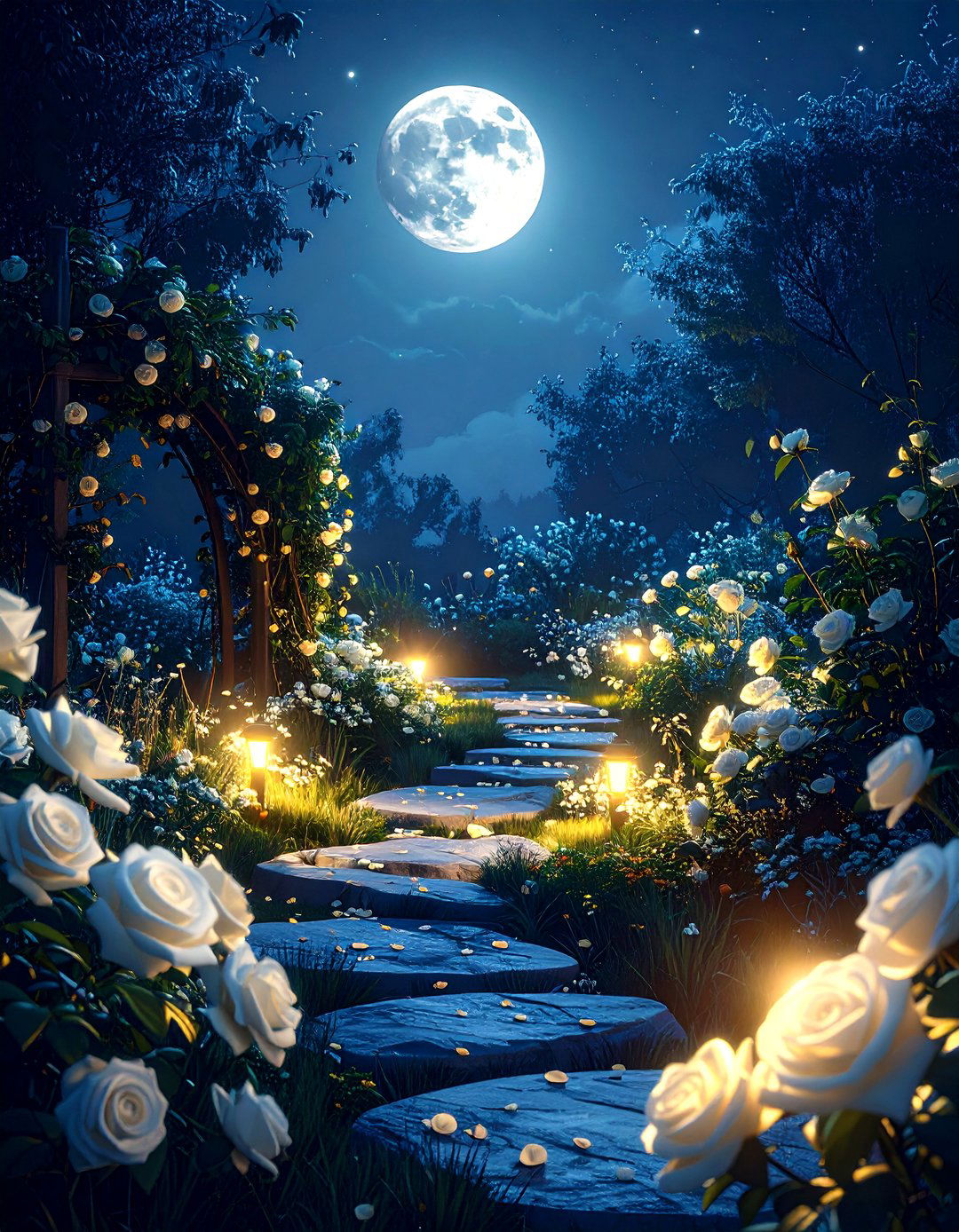
Design a dedicated night garden by selecting white or silver-leaf plants—such as white roses, moonflower, or artemisia—that glow under moonlight. Incorporate reflective surfaces and soft lighting to amplify this glow, creating an ethereal, nocturnal paradise.
17. Herb and Scented Flower Garden

Dedicate a discreet plot to herbs and fragrant flowers. Rosemary, thyme, lavender, and scented geraniums not only smell divine but also attract pollinators. Position this garden near seating so guests can brush against herbs and release bursts of aroma.
18. Plant Tunnels and Arbor Walkways
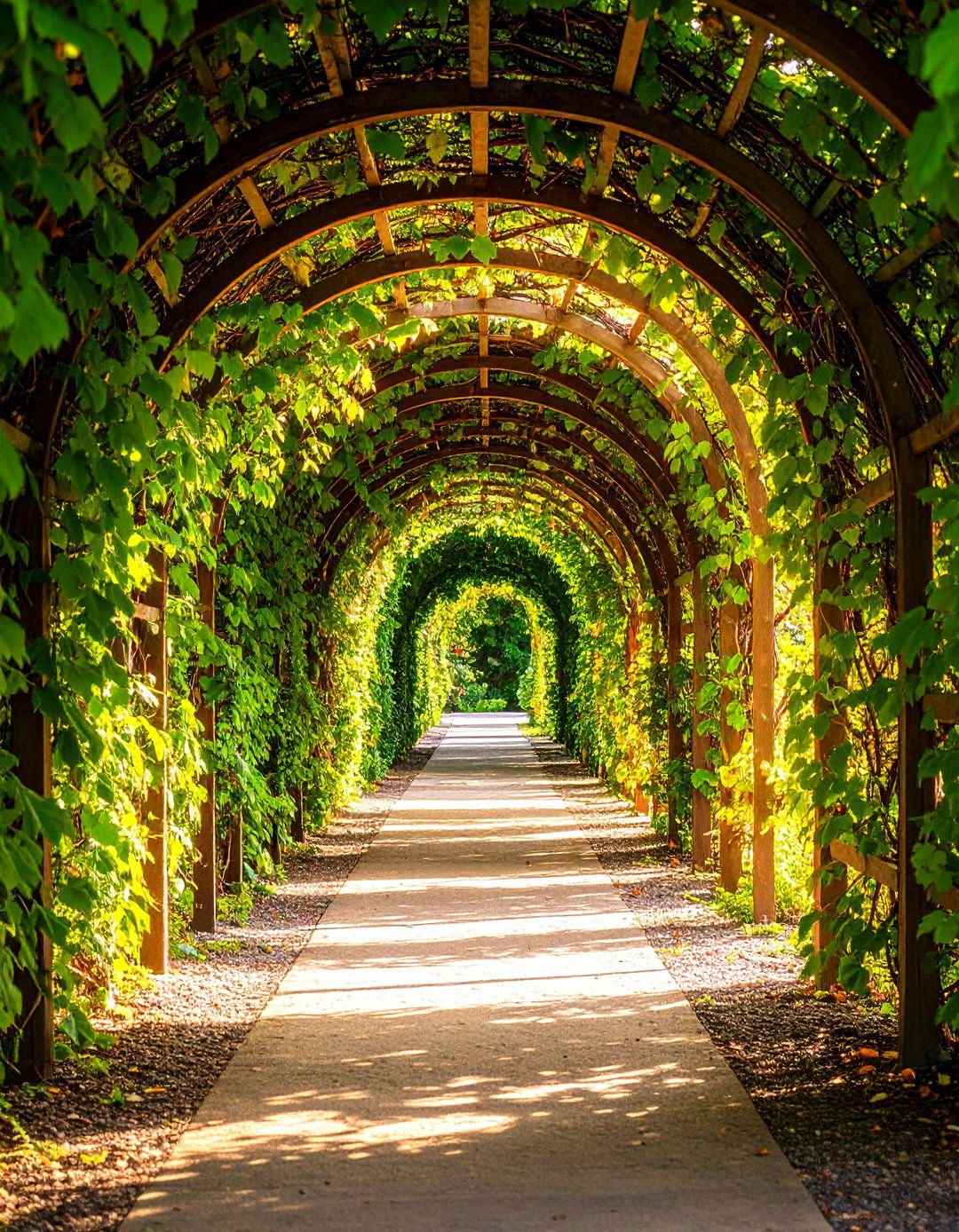
Create living tunnels by training vines over archways or installing arched trellises in series. As the plants grow, the pathway becomes a green, cloister-like corridor, enveloping visitors in foliage and flowers.
19. Hidden Garden Shed or Cottage
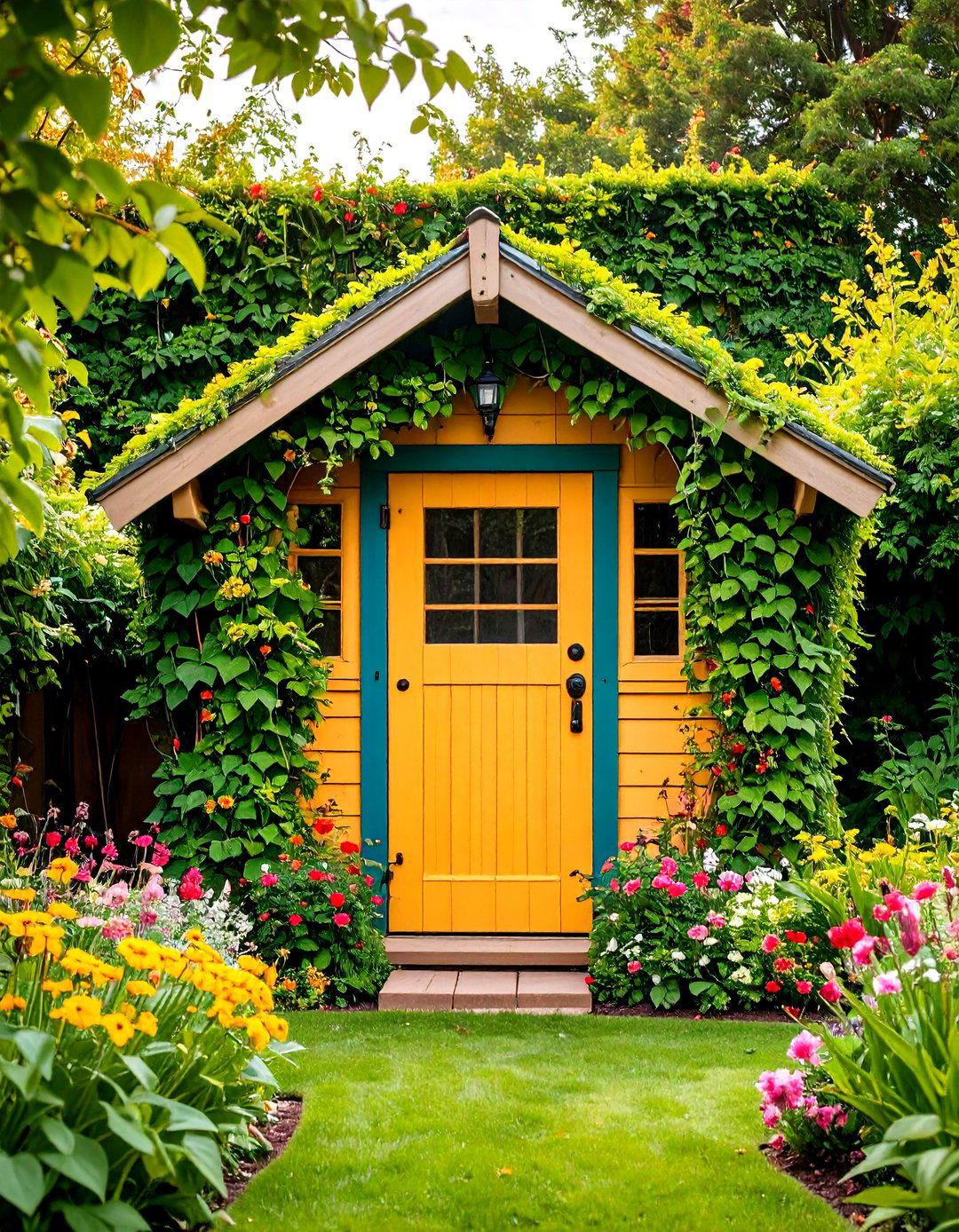
Frame a small shed or playhouse with climbing plants and hedge walls to make it appear as a quaint, concealed cottage. Paint it in muted tones or weathered finishes so it blends with the garden, revealing itself only upon close approach.
20. Wildlife Habitat Nooks
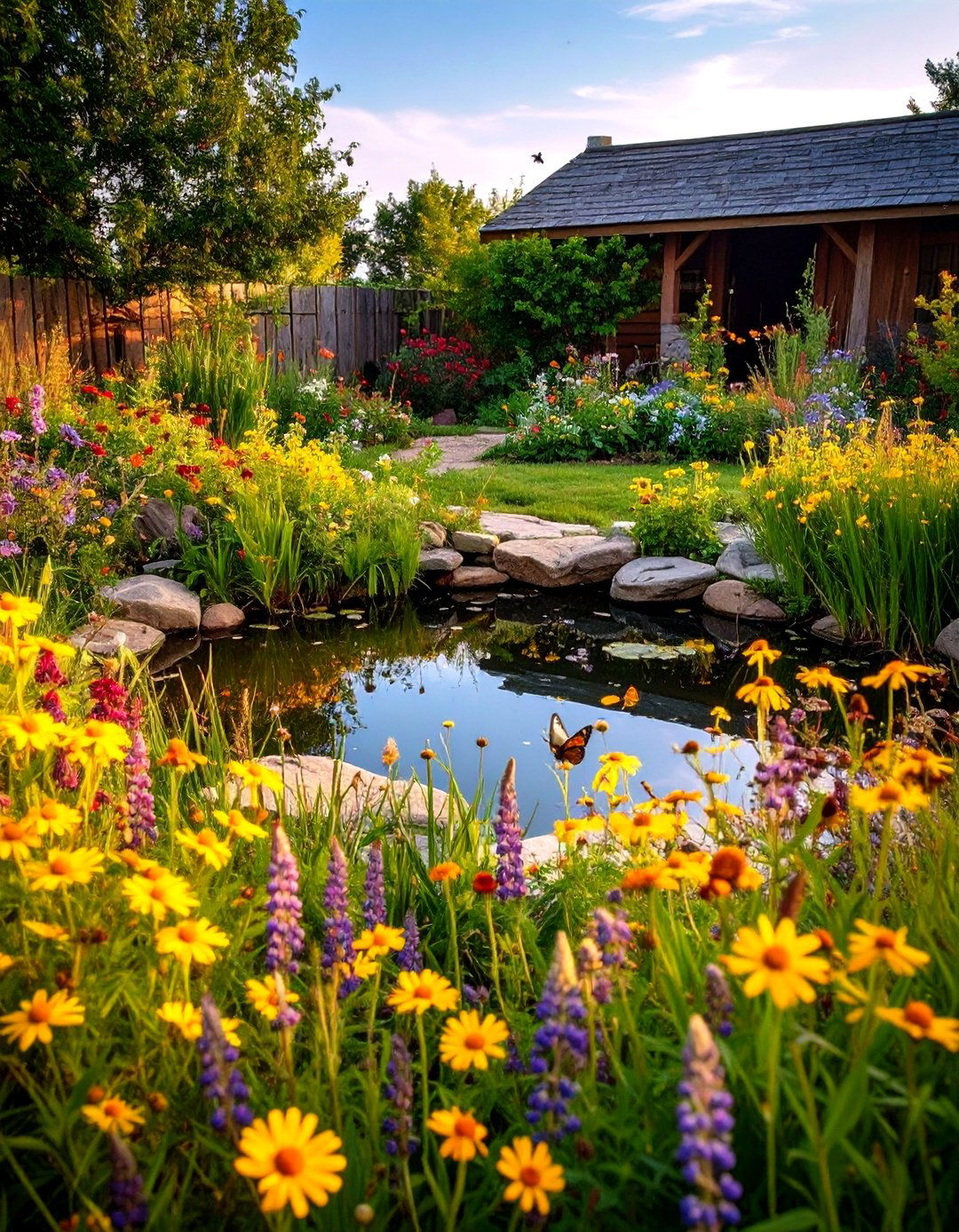
Designate micro-habitats—such as log piles, native wildflower patches, or small ponds—to invite birds, butterflies, and beneficial insects. These natural features add life, movement, and sound to the secret garden, enhancing its immersive quality.
Conclusion:
A secret garden thrives on layers of discovery and sensory engagement. By combining thoughtful structural elements—like gates, paths, and pergolas—with lush plantings, water features, ambient lighting, and scented flowers, you create an enchanting retreat that evolves with the seasons. Whether you have a sprawling yard or a compact courtyard, these ideas will help you fashion a secluded oasis that captivates the imagination and soothes the soul.


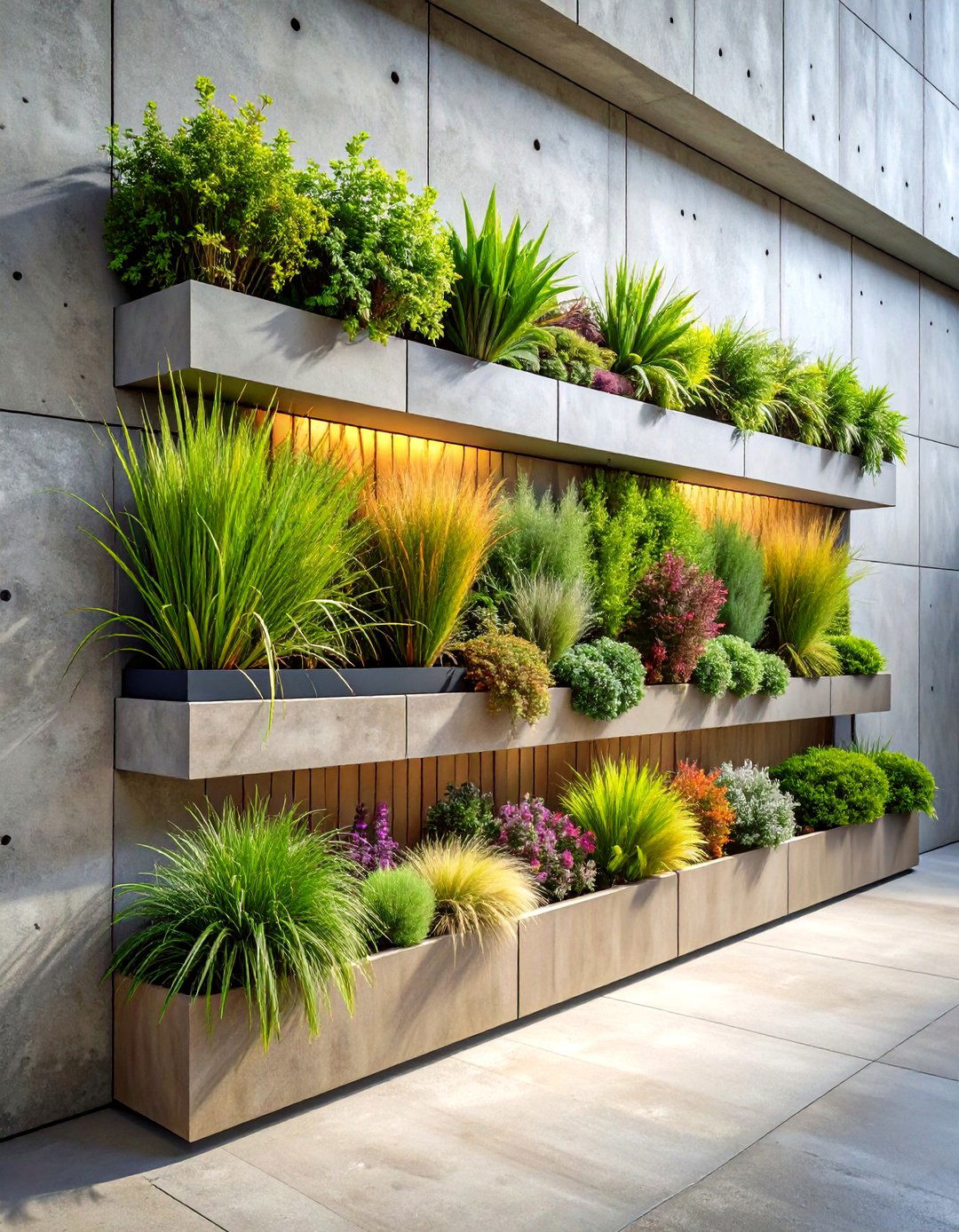
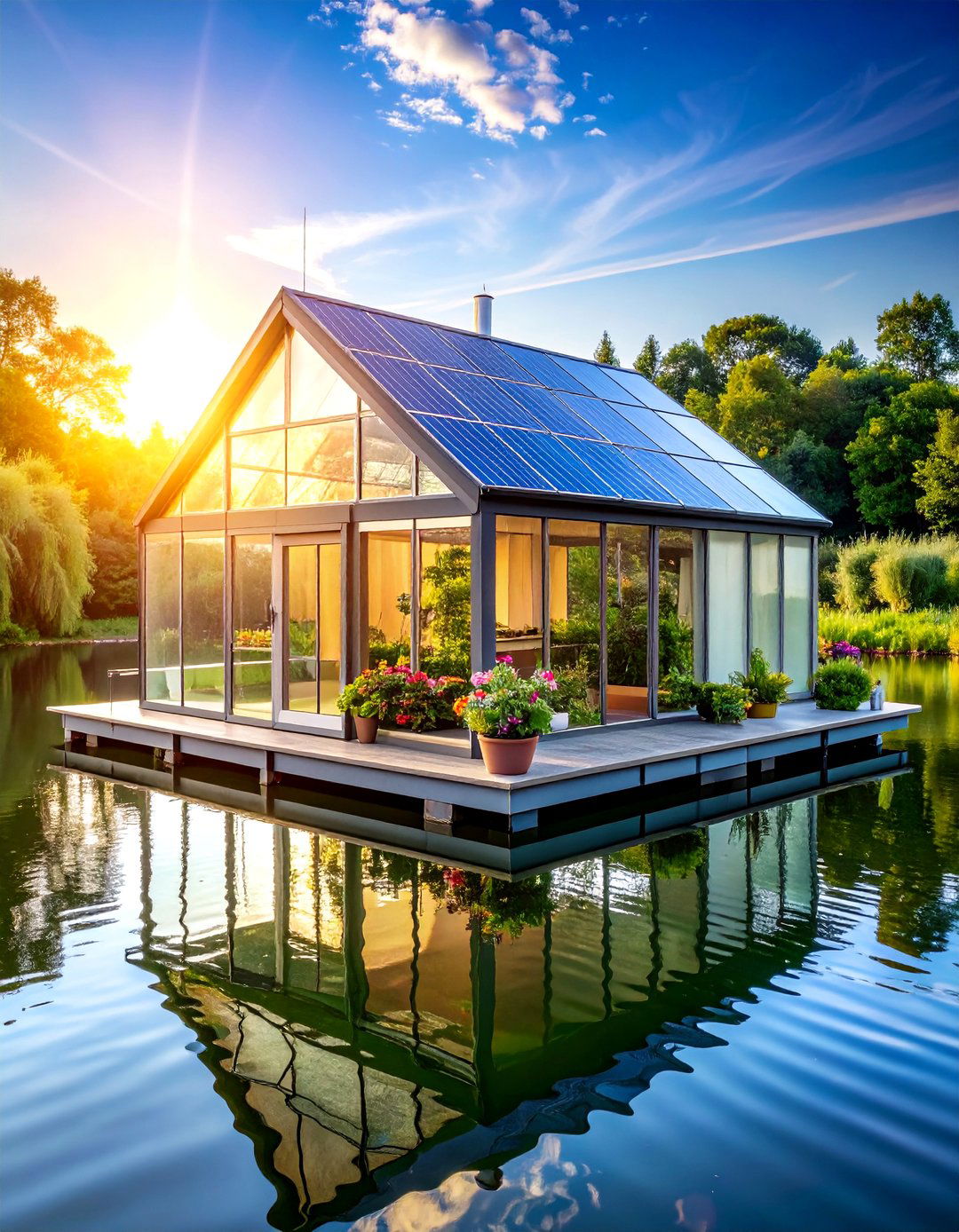
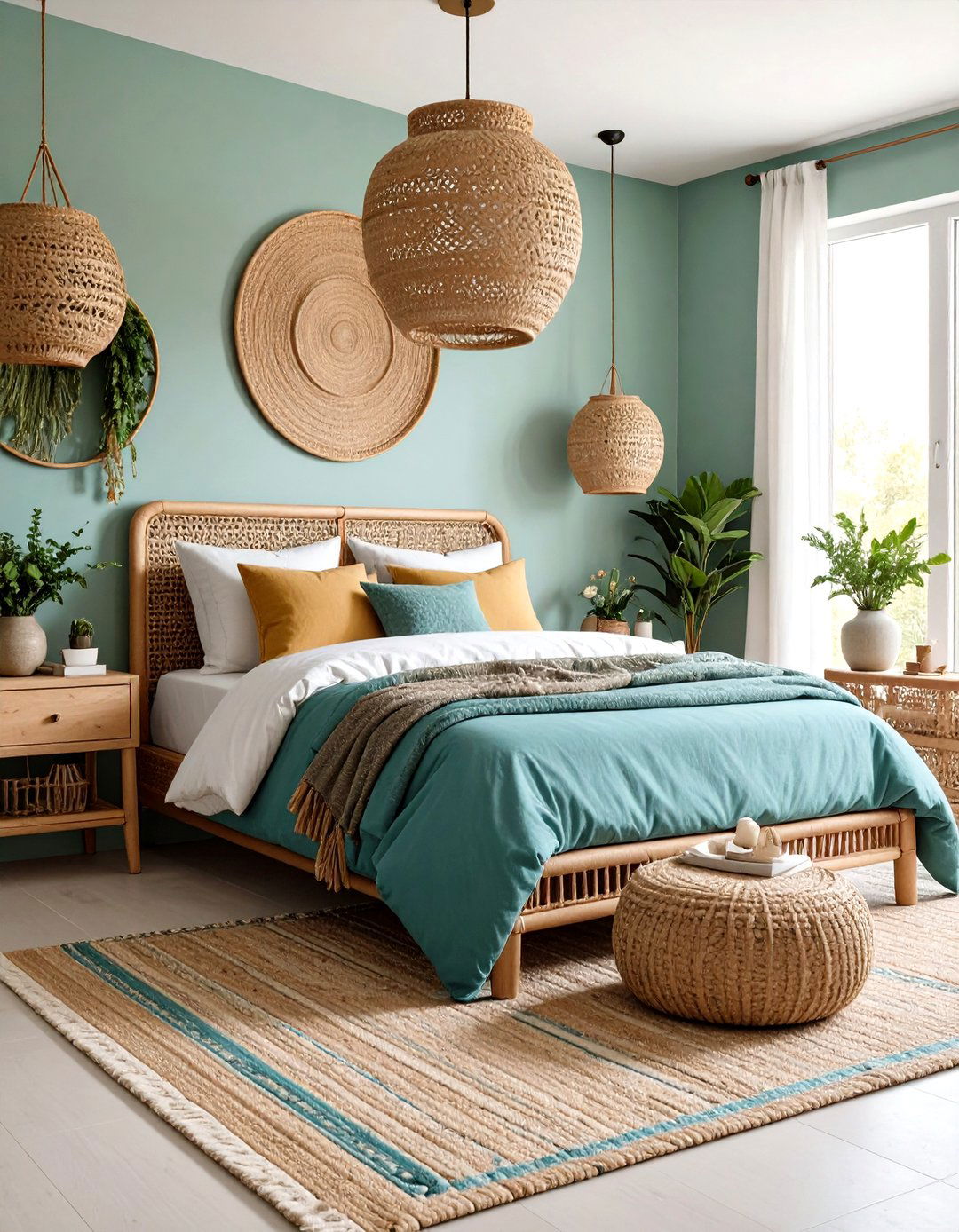

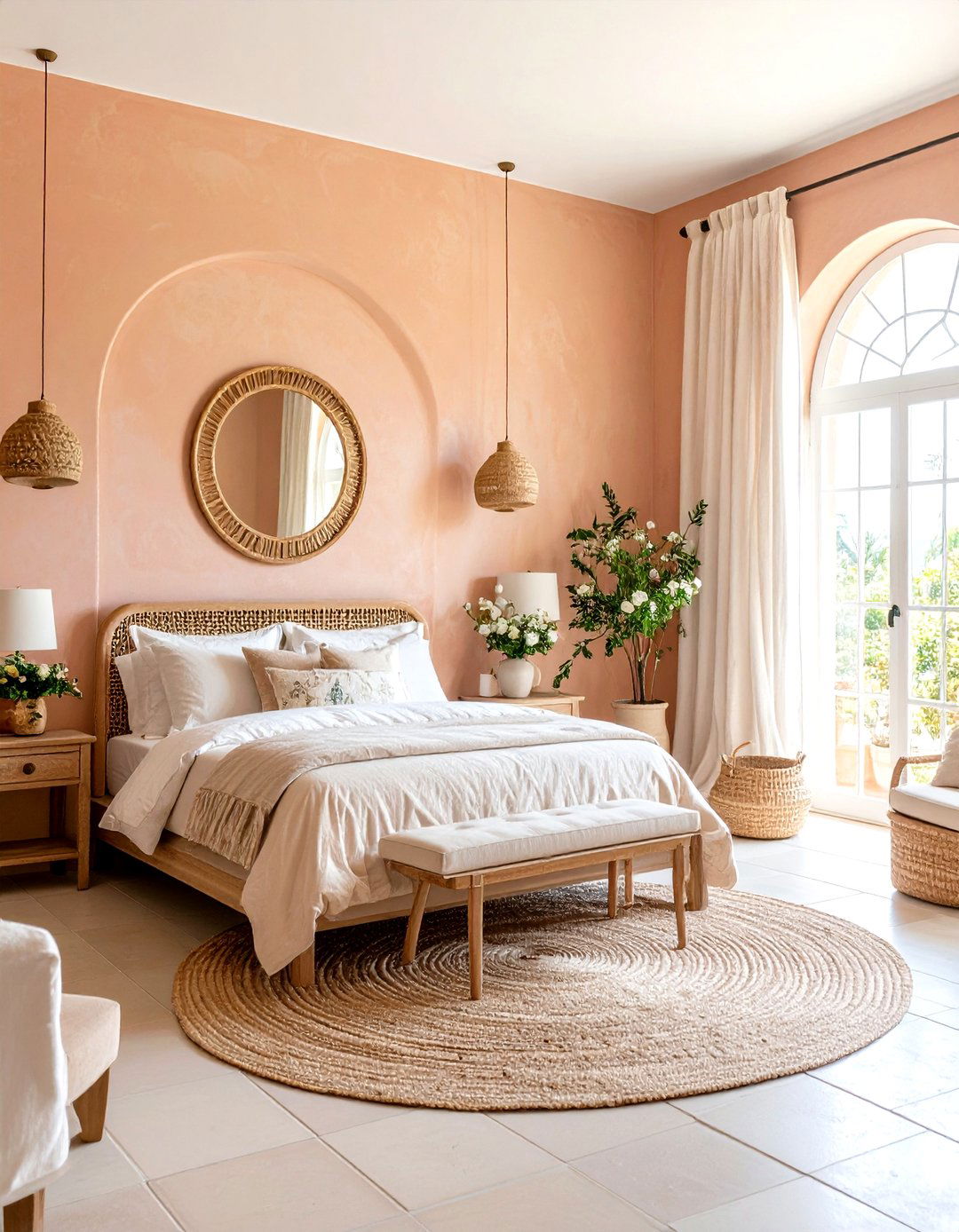
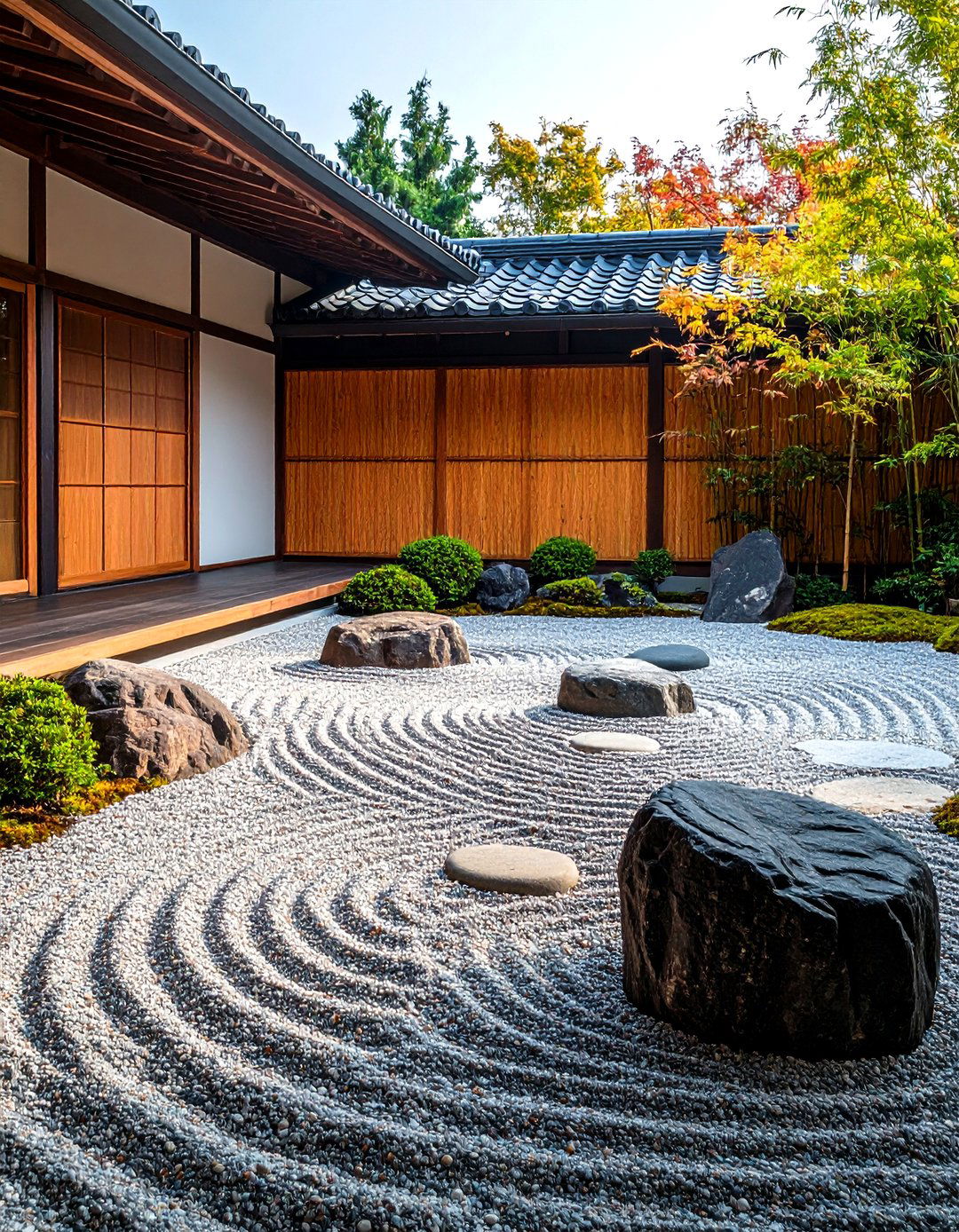

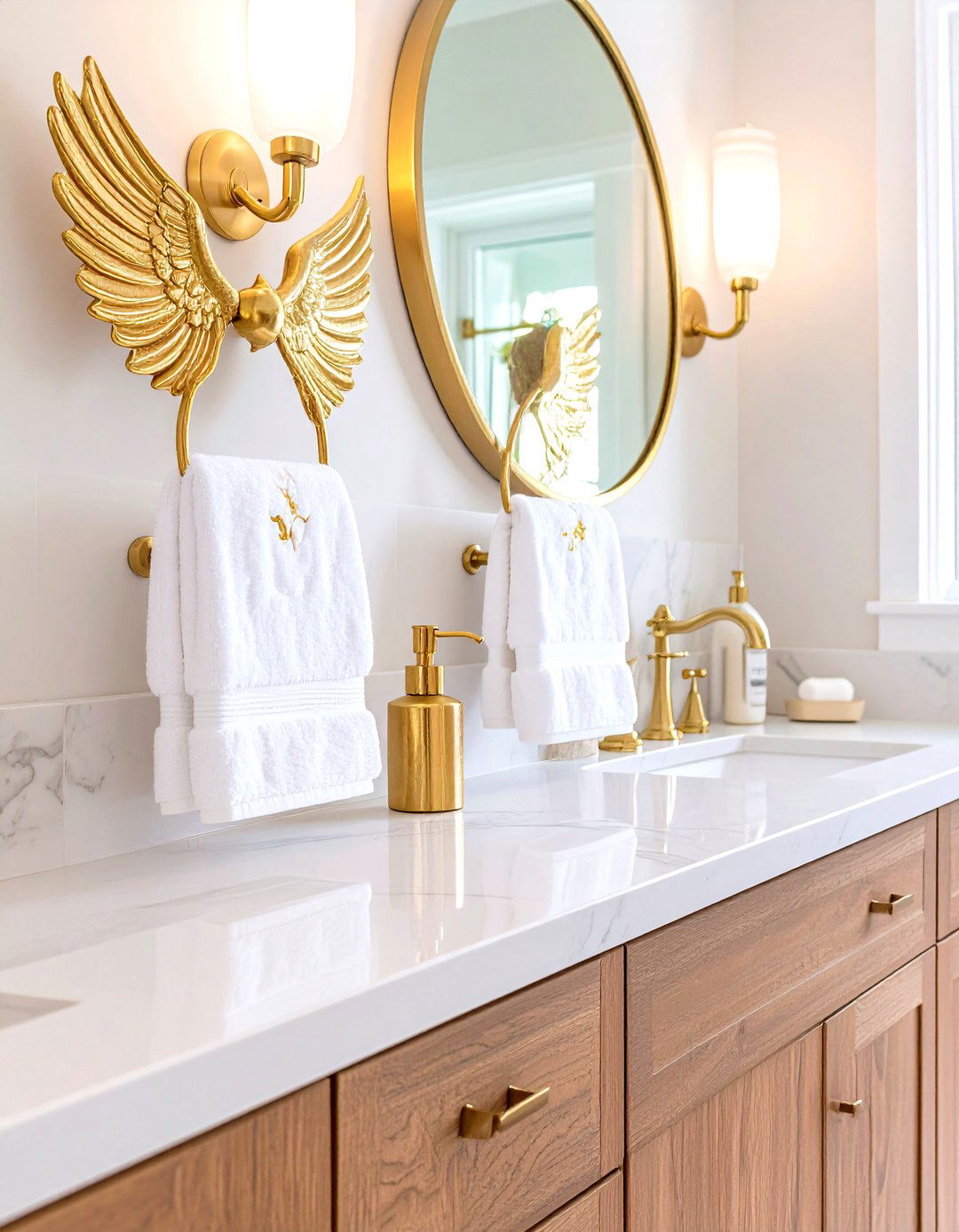

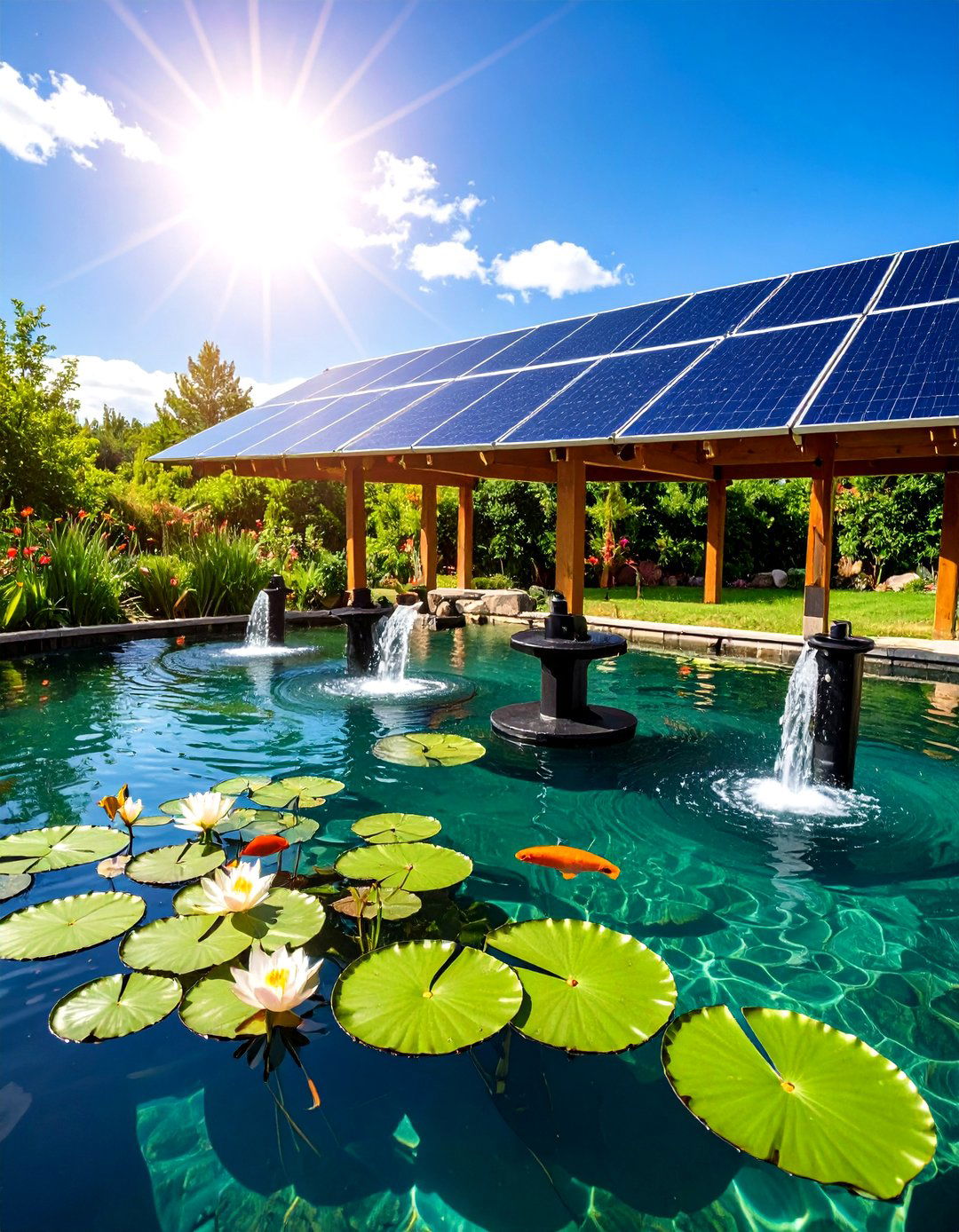
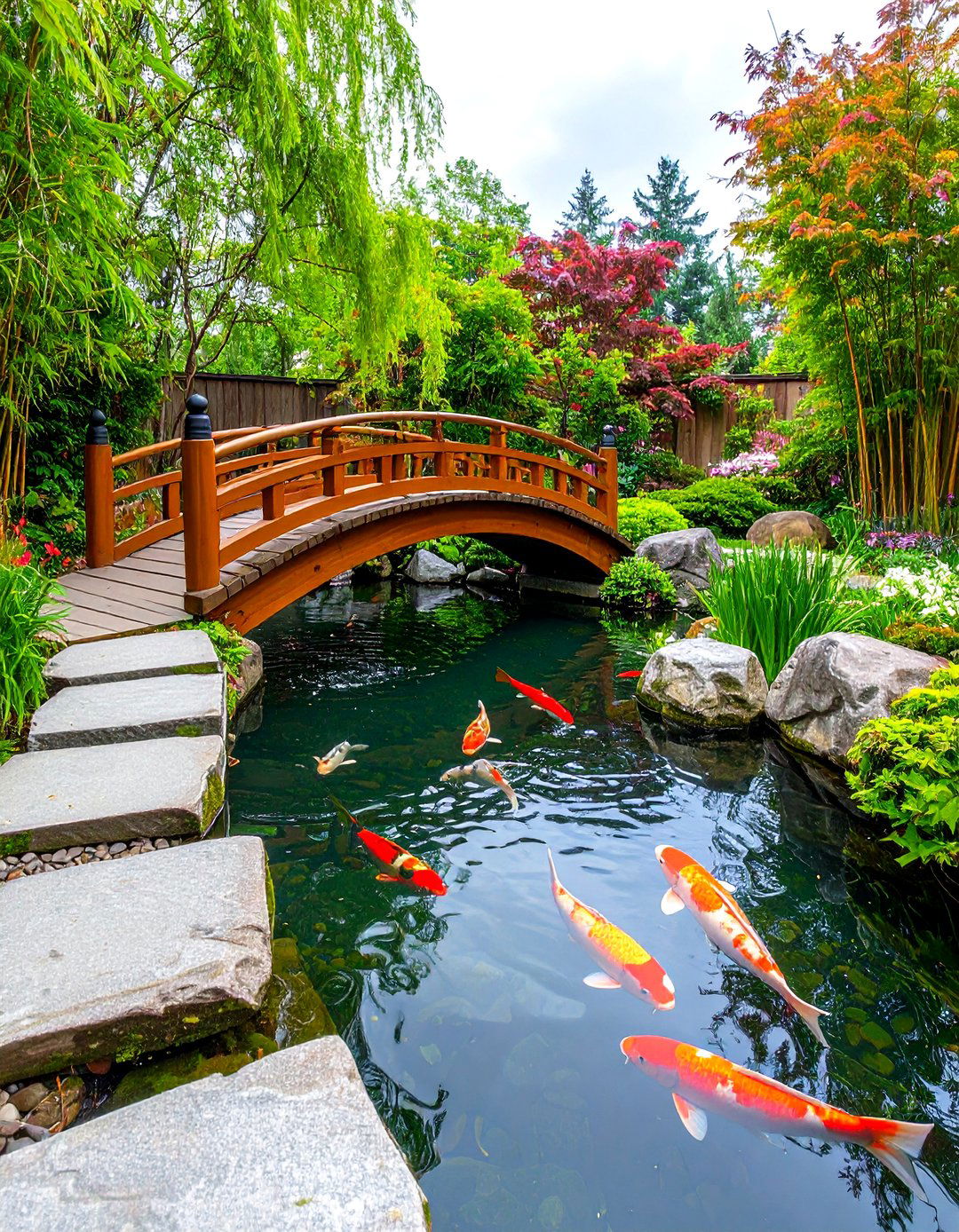

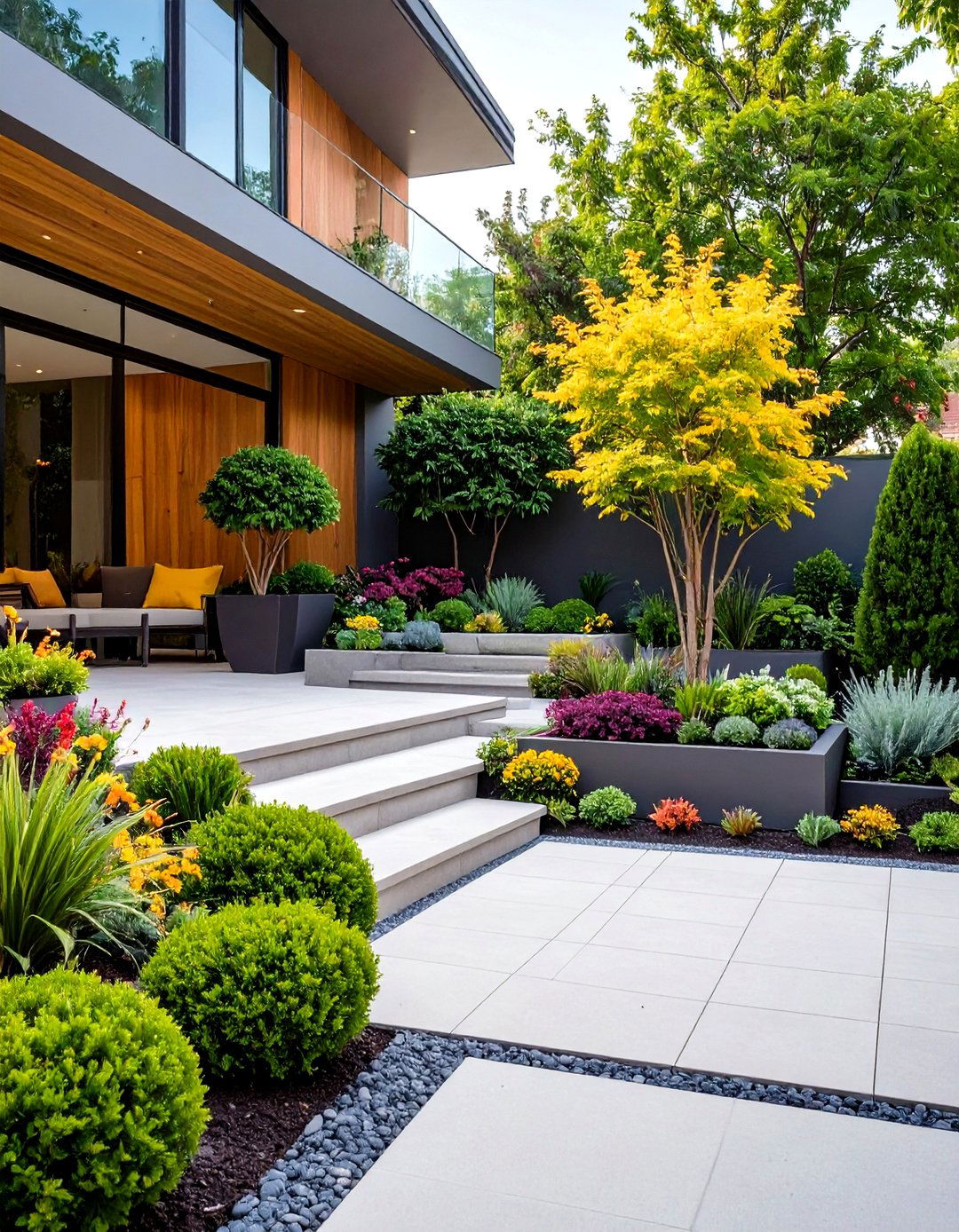
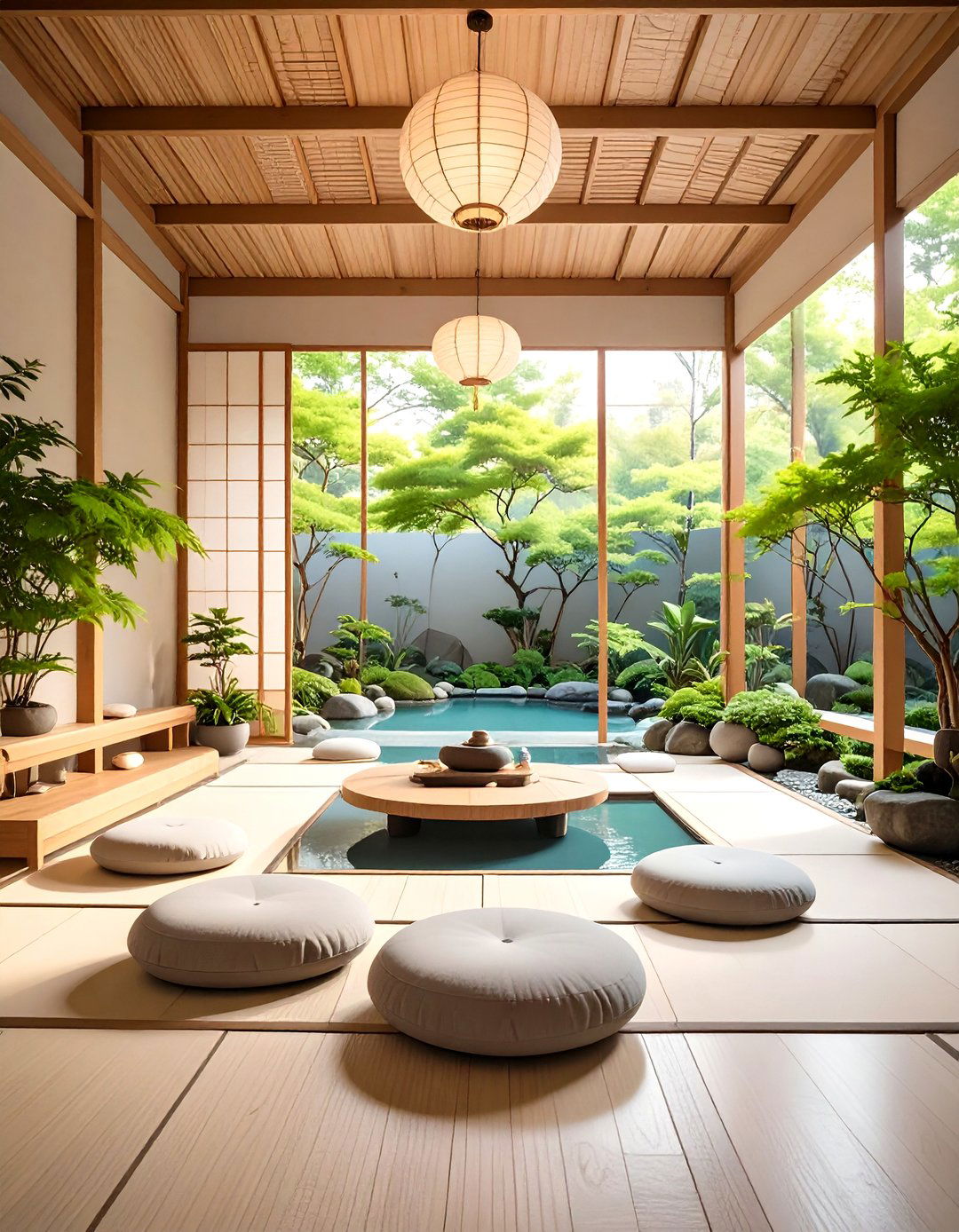
Leave a Reply